-
Plant Types Ultimate Guide: Annual, Biennial, Perennial, Shrubs & Trees
 Lee Burkhill: Award Winning Designer & BBC 1's Garden Rescue Presenters Official Blog
Lee Burkhill: Award Winning Designer & BBC 1's Garden Rescue Presenters Official Blog

When you're new to gardening, you tend to buy plants that simply look nice in the garden centre without considering what plant type they are. This can lead to disjointed gardens or things that look nice for a few weeks and then return to their bland previous state.
By understanding the 5 different plant groups of classifications, you can ensure your garden has both year-round interests and is set up to encourage wildlife into the garden. However, it can be daunting looking at the variety of plants on offer and trying to understand what should go where and how long the plant will live.
The good news is nearly all plants can be split into different ‘lifecycle’ types or ‘classifications’ of plants. As you need all 5 in any garden knowing which group they belong to will help you work out exactly what plants you are looking for when shopping or growing.
Rather than getting overwhelmed, I believe it’s best to start with the most relevant to a new or weekend gardener.
To help you get more familiar with garden plant types, I’m going to group them into 5 areas:
Annual plants germinate, grow, flower, potentially set seed if not sterile, and then die within a year.
Annual plants are the show-offs in the garden. They provide colour for one year and usually die off after Autumn.
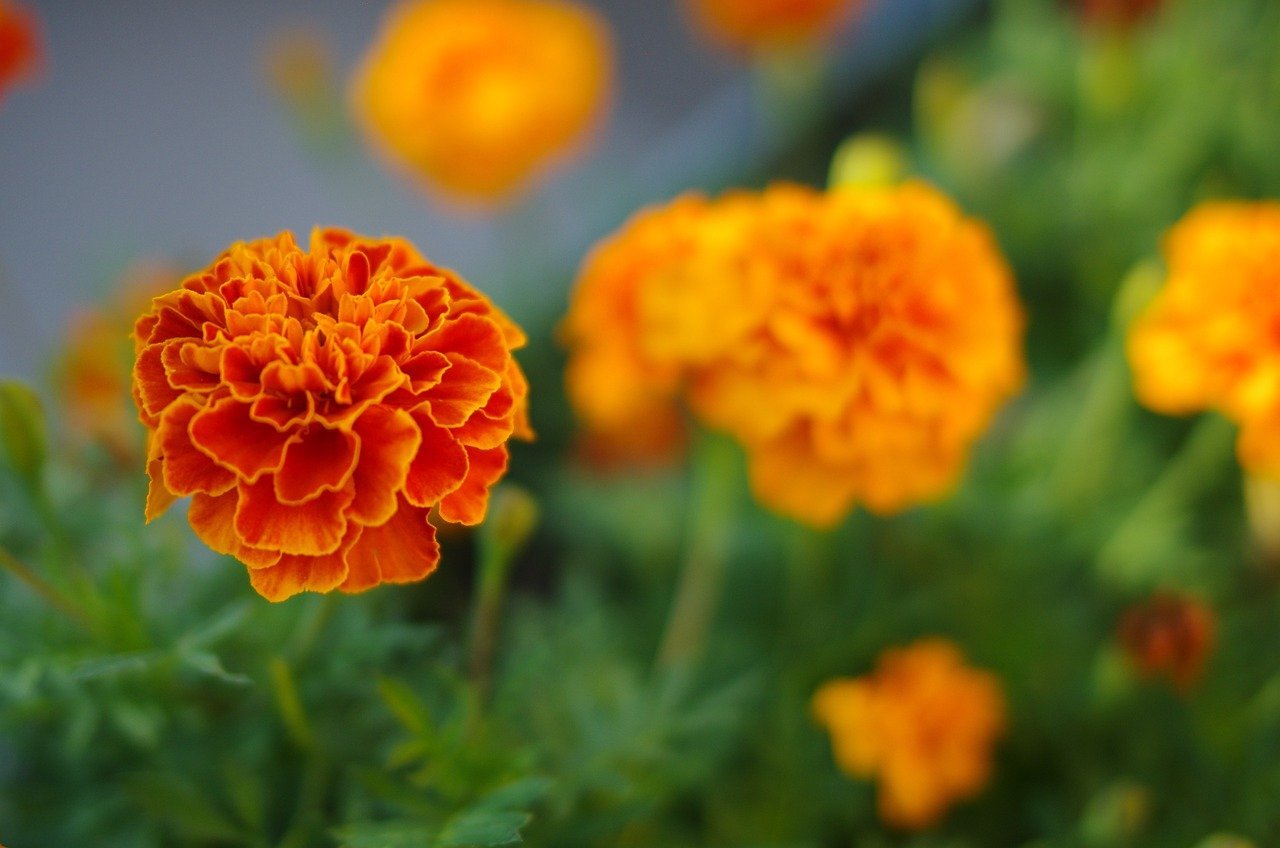
There are two main types of annual plant:
Half-hardy annuals can be sown outside during the colder early spring months so they can get established. Tender annuals - like Busy Lizzies - cannot withstand frost or cold temperatures so can only exist outside in late Spring through to Autumn.
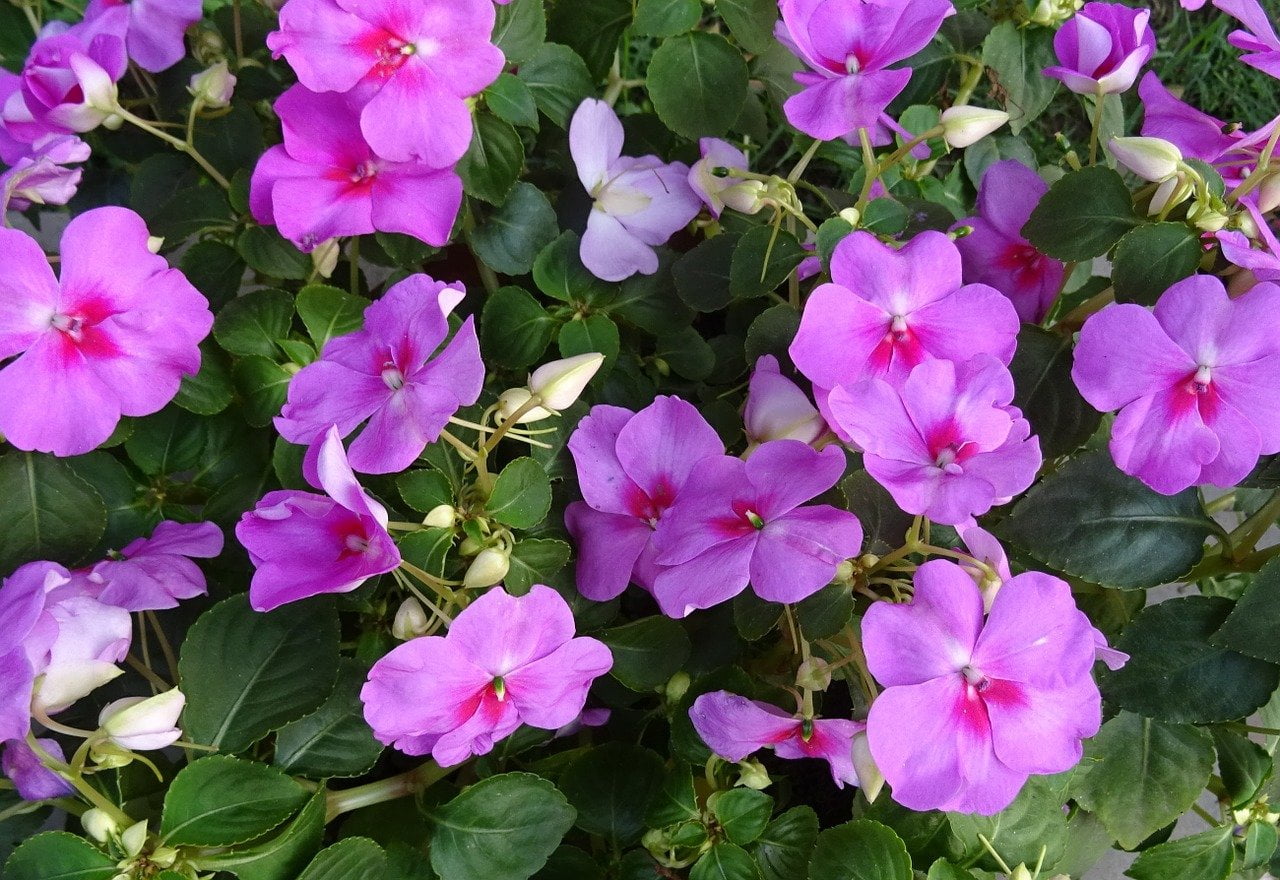
The main difference is that annual plants only live for one year and then die. Perennial plants come back year after year and are considered a more long-term and ethically carbon-conscious way to garden.
Did you know that you can take my course and learn how to become a Garden Ninja yourself? Click here for details
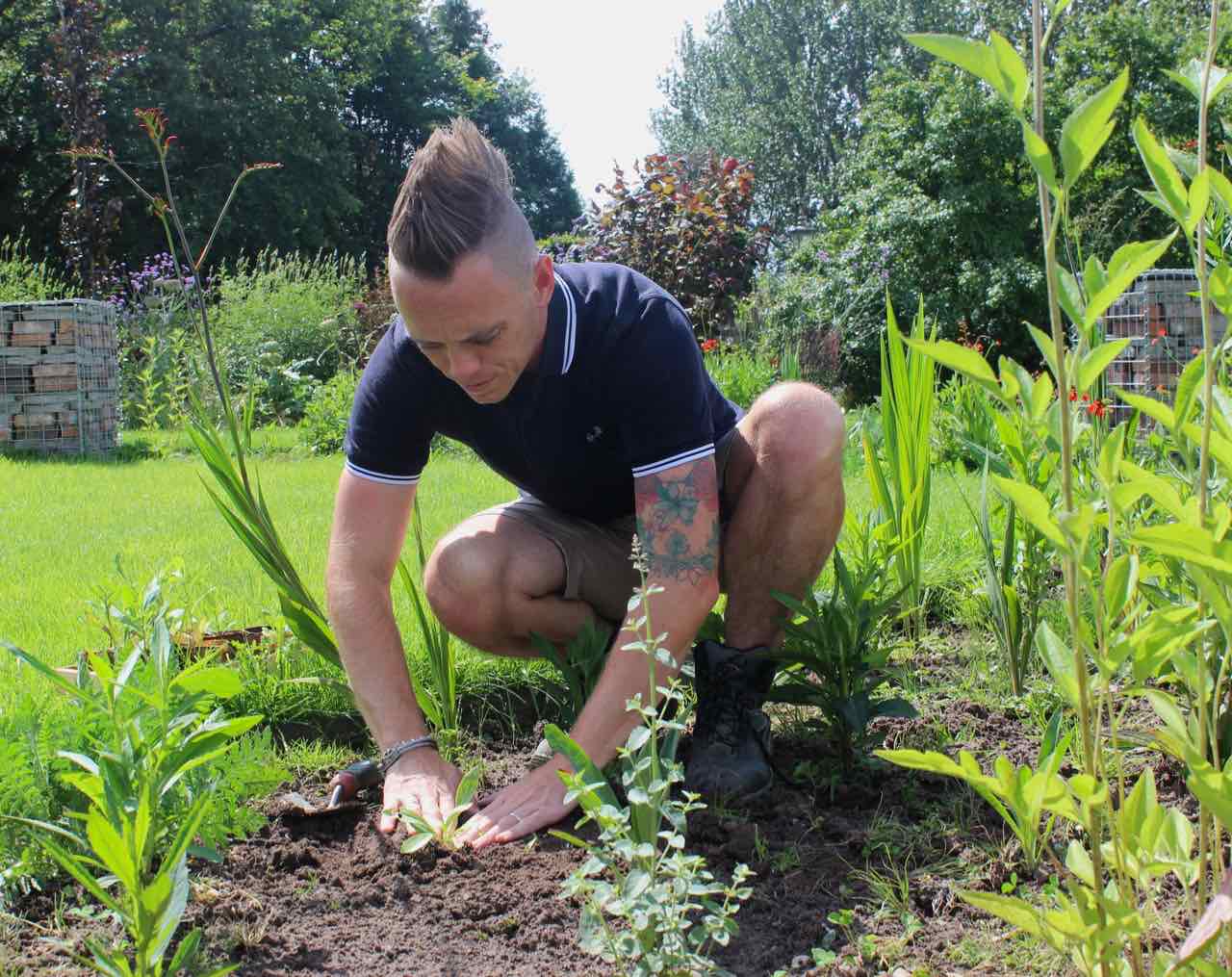
Biennial plants have a 2-year lifespan.
In year one, they germinate, grow foliage and establish their roots. Then in year two, they flower, set seed and die.
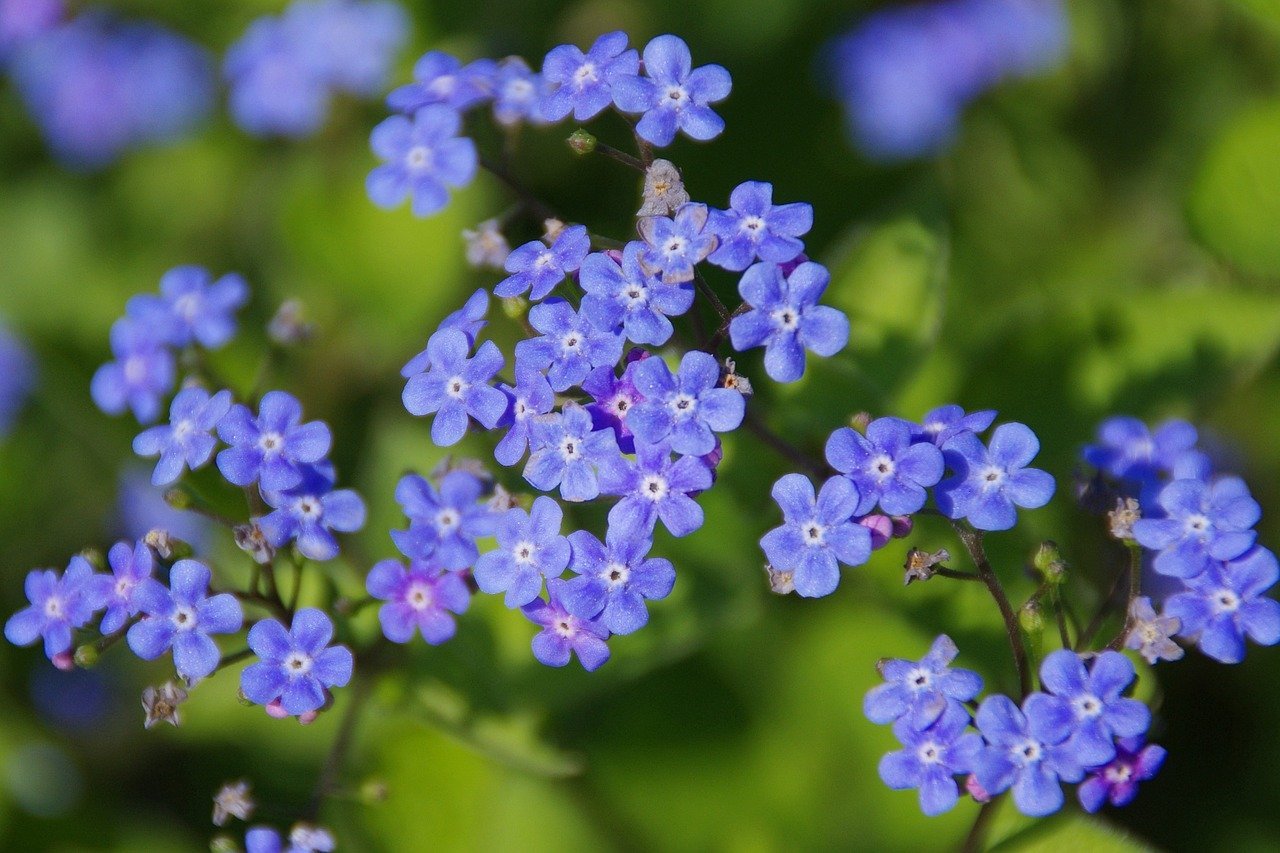
This group of plants is where the real fun starts. These are plants that live for longer than three years, sometimes up to 30 years plus.
Herbaceous perennials come back year after year. So once they are established, they keep coming back every year keeping your garden borders full with minimal intervention from you apart from a good yearly prune and or some staking.
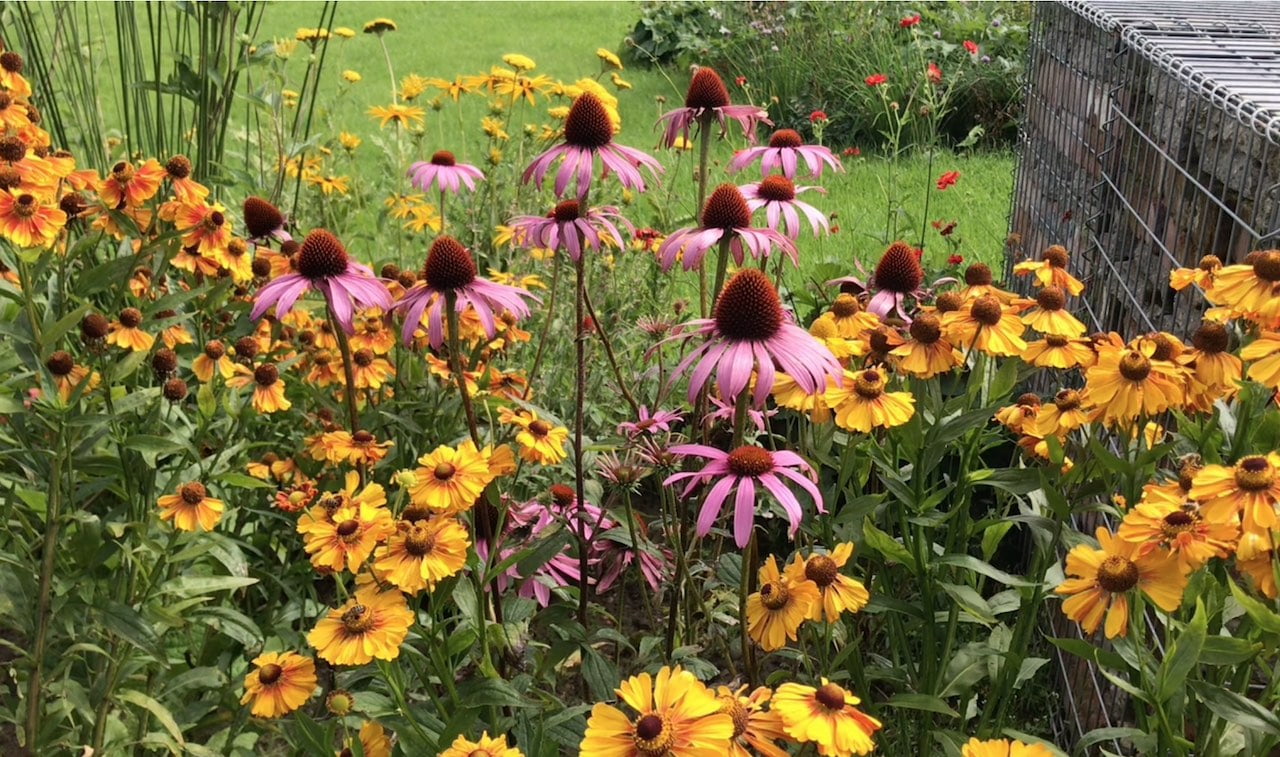
Herbaceous perennials provide amazing value for money and provide essential pollen and a food source for wildlife in our gardens. There are hundreds of thousands of different species of herbaceous perennial meaning you have a huge choice.
Herbaceous perennials can be grown and propagated from seed, split from existing perennial plants or planted as bare roots. Making them incredibly versatile to help any kind of gardener plant up their garden on a budget.
There is also a distinction between hardy perennials - those that can be left outside all winter (Rudbeckia or Ornamental grasses such as Miscanthus) and half-hardy perennials that need protection during the winter months (Dahlias are a good example of half-hardy perennials).
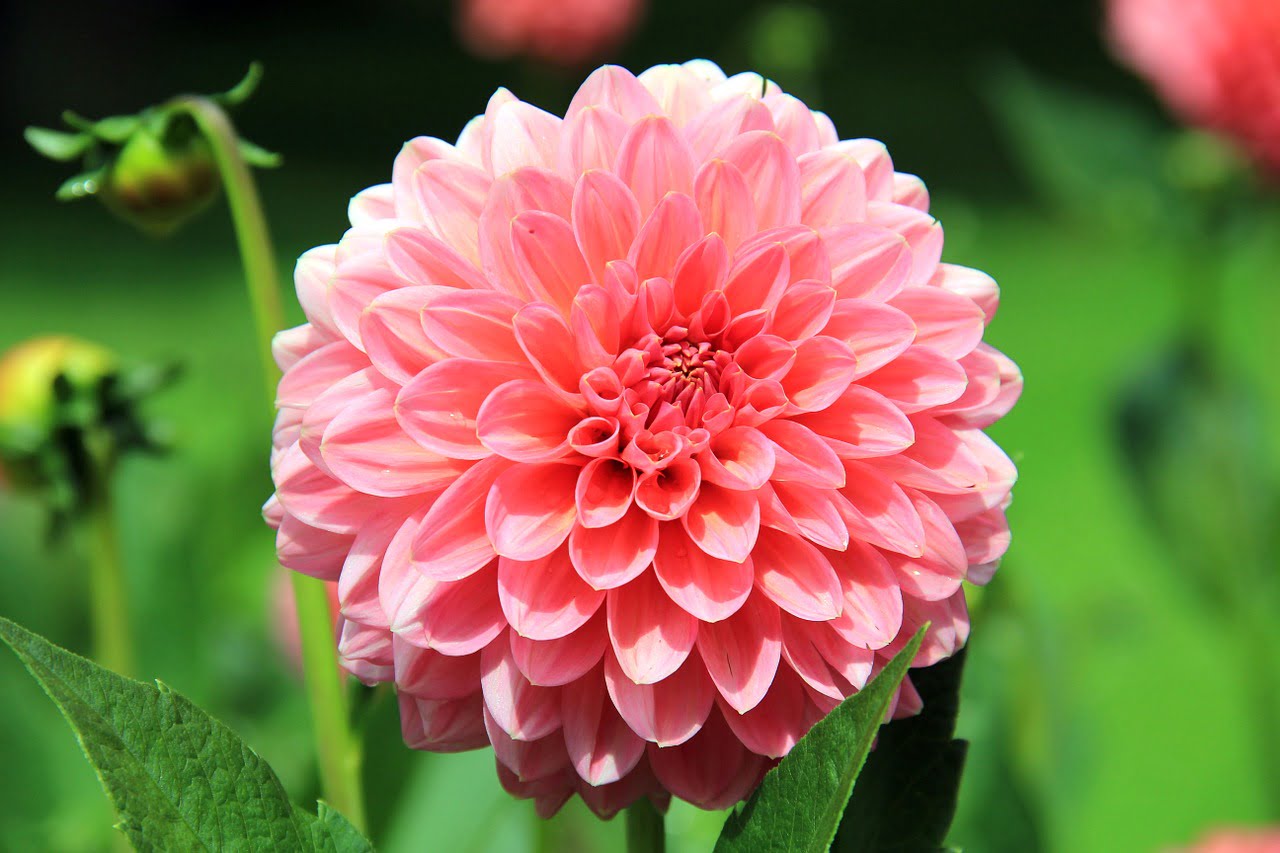
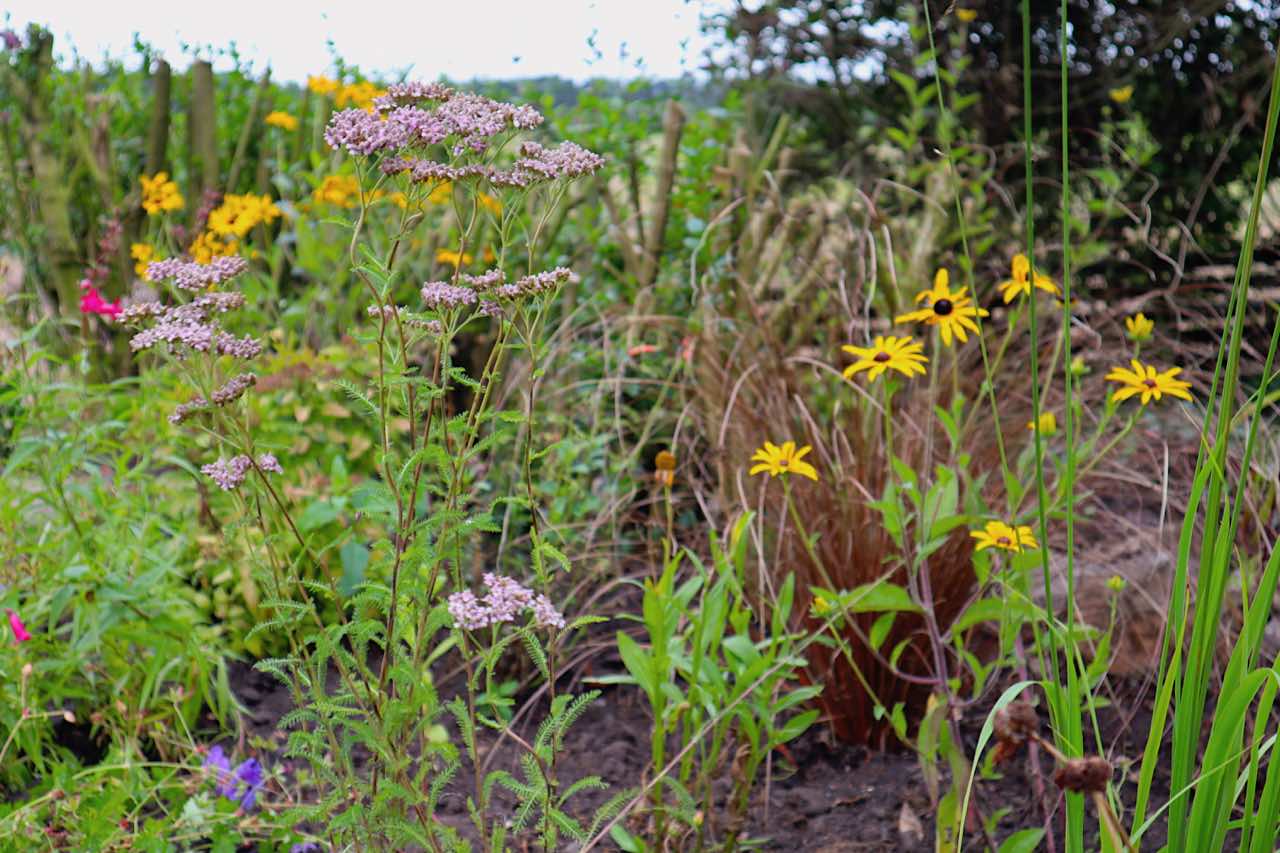
Herbaceous perennials above come back year after year and make for rich wildlife-friendly garden planting schemes.

Shrubs are the backbone or structure of any successful garden design and flower bed. They offer a year-round structure as they don't disappear back to the ground each winter.
Garden Shrubs come in two distinct types:
Shrubs have woody stems compared to the fleshy stems of annuals, biennials and herbaceous plants. They can live far longer than the previous three plant types and offer a habitat for a much greater selection of wildlife, such as birds, mammals, insects and beetles.
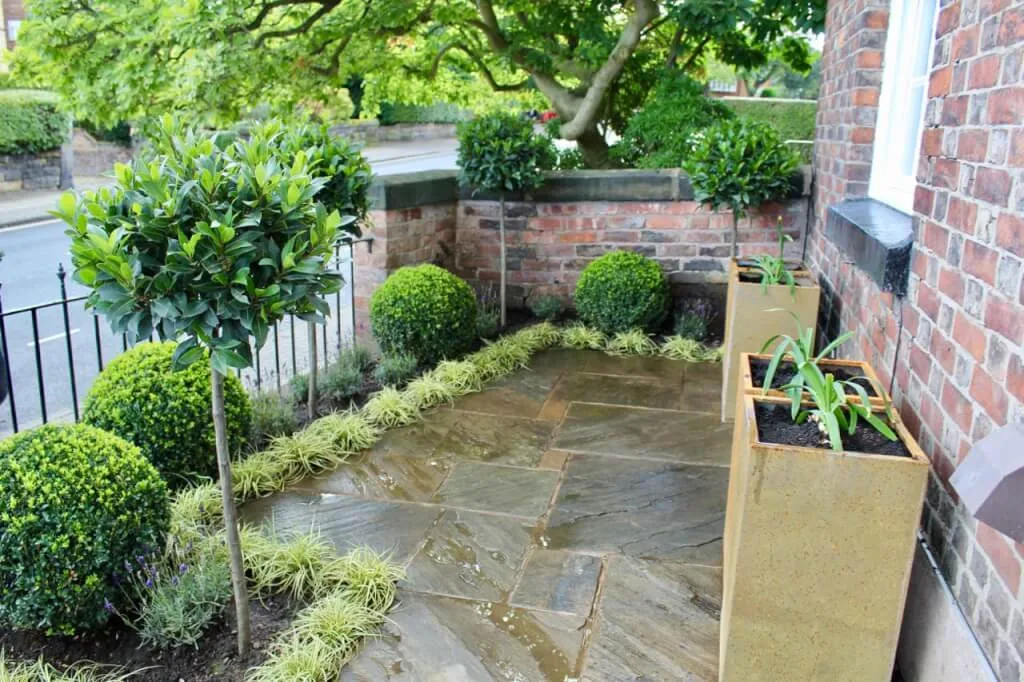
Shrubs can act as permanent garden structures throughout the year. Using shrubs in a garden design or planting plants can help bring depth and year-round interest to a garden. They are important to help add structure and punctuation to a garden's structure.
Shrubs differ from trees as they have multiple stems or branches rather than a single trunk. Shrubs are smaller than trees and can be pruned into distinct shapes. There are exceptions to these rules, with shrubs that can grow to the height of a tree or a tree that can be pruned into a multi-stem, for example.
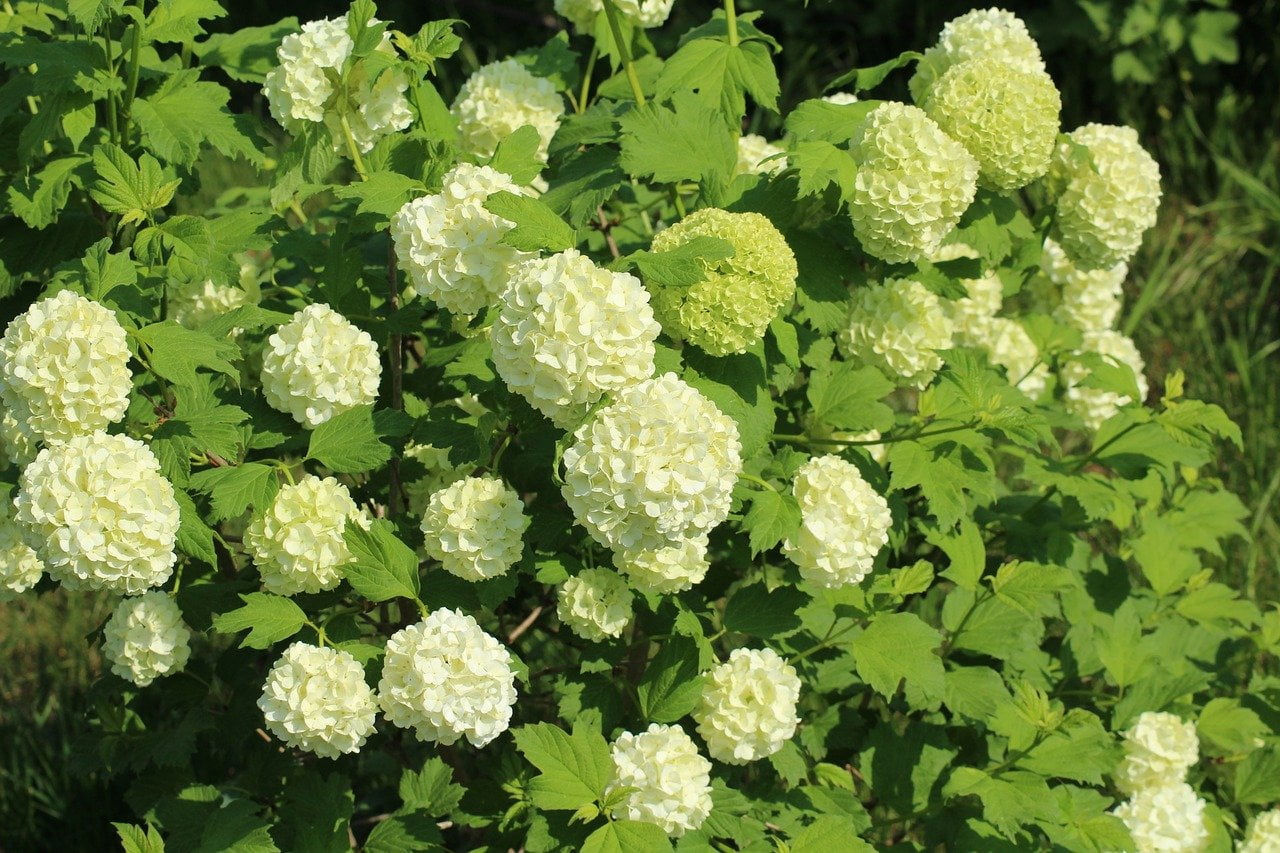
Trees are the garden's final, vital, and sometimes overlooked plant type. Trees provide height, control shade, offer a habitat for birds and can help address flood risks.
Trees usually have one main stem (though they can be multi-stemmed) and grow far taller than shrubs. They, too, come in either evergreen or deciduous forms.
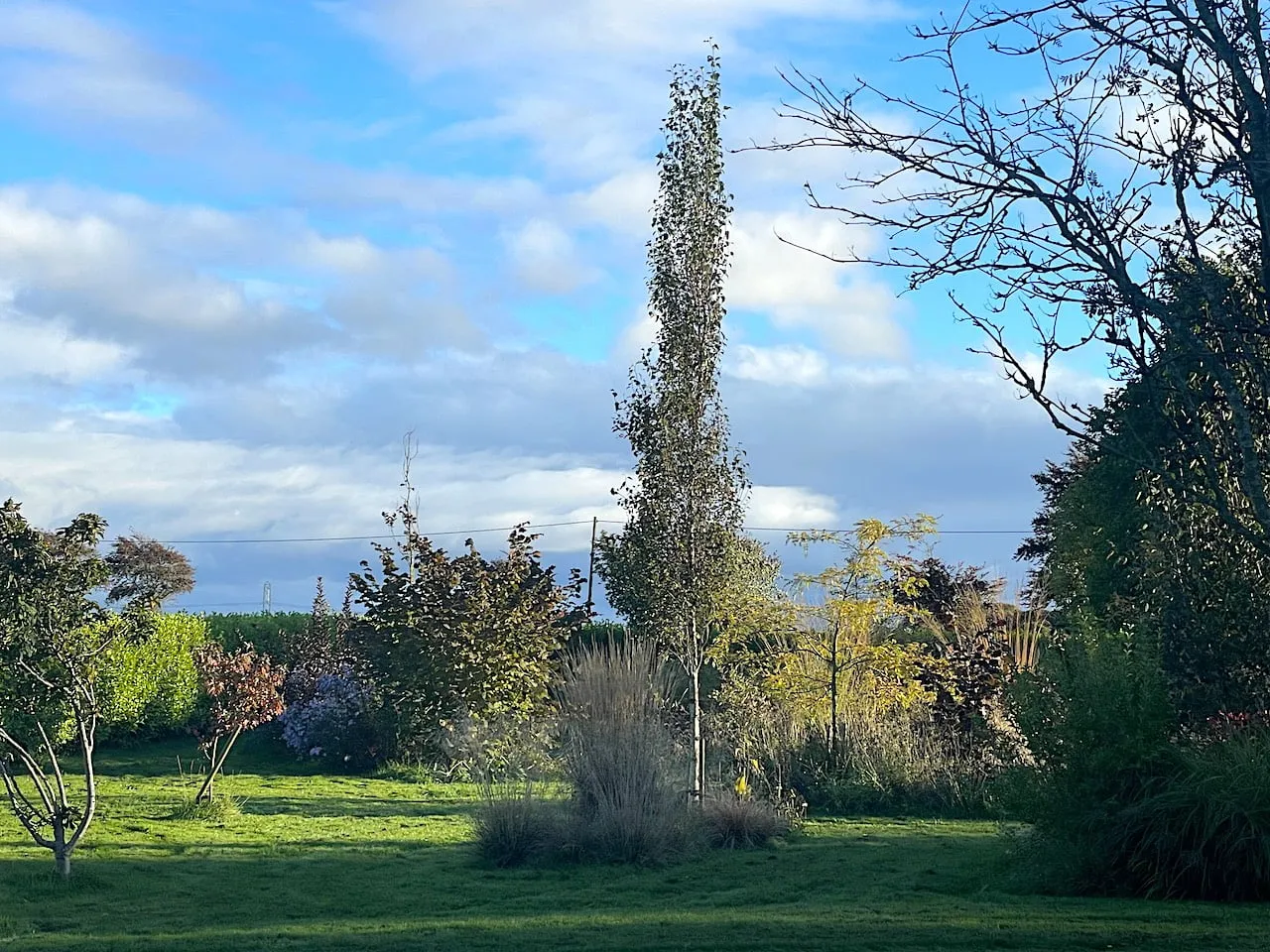
There are a plethora of trees suitable for gardens of all sizes. In smaller gardens, fruit trees are a fantastic way to increase height without worrying about trees growing too tall.
Now that you know the five different plant groups, you can use these to create fantastic flower beds. By planting a variety of the five groups, you can help encourage a host of wildlife to the garden helping Mother Nature and helping to reduce your carbon footprint along the way.
If you want to know more about how to arrange these plants, I suggest you read my flower bed design guide here or watch the video below.
Incorporating a mix of different plant types, including biennials, perennials, and trees, is crucial for creating a diverse and thriving garden design. Each plant type contributes unique characteristics and functions that enhance the overall aesthetic, biodiversity, and ecosystem services of the garden.
Biennials, perennials, and trees each offer distinct seasonal interest, with biennials often providing striking blooms in their second year, perennials offering long-lasting foliage and flowers year after year, and trees providing structure, shade, and seasonal foliage changes. It's these successional changes that take a garden design from just ok, to fabulous!
A mix of plant types supports biodiversity by attracting a diverse range of pollinators, beneficial insects, and wildlife. Biennials, perennials, and trees provide varied habitats, food sources, and nesting sites for insects, birds, and other wildlife, contributing to a healthier and more balanced ecosystem.
Different plant types perform various ecosystem services essential for garden health and resilience. Trees, for example, help mitigate urban heat island effects, improve air quality, and provide shade and shelter. Perennials contribute to soil health through root systems that stabilize soil, prevent erosion, and improve water infiltration. Biennials add seasonal diversity and can serve as food sources for pollinators.
Incorporating a mix of plant types adds depth, texture, and visual interest to garden designs. Tall trees provide vertical structure and canopy, while perennials and biennials offer layers of colour, texture, and form at eye level. Combining different plant heights, shapes, and foliage types creates dynamic and visually appealing compositions. It elevates your garden's aesthetic appeal too!
Diverse plantings increase garden resilience to environmental stresses such as drought, pests, and diseases. A mix of biennials, perennials, and trees with varied tolerances to environmental conditions ensures that some plants will thrive even under challenging circumstances, reducing the risk of total garden loss. With changing weather patterns this blend of plants helps make for a more resilient garden.
Incorporating the five types of plants into your garden will help create rich, immersive spaces rather than seasonal throwaway flower beds. You'll find yourself weeding less often, saving money and watching as wildlife flocks to your garden!
Understanding the main plant types, such as annuals and perennials, makes you a better gardener by providing essential knowledge about the lifespan, growth habits, and care requirements of different plants. Annuals complete their life cycle within one year, requiring regular replanting, while perennials return year after year, often with minimal maintenance.
This understanding enables gardeners to plan and design landscapes effectively, ensuring a balance of seasonal interest and long-term sustainability. By selecting the appropriate plant types for specific garden conditions and purposes, gardeners can create more resilient and visually appealing gardens that thrive throughout the seasons.
I’d love to hear from you on my Twitter, Facebook or Instagram pages. If you have a gardening question then why not use the Garden Ninja Gardening Forum where hundreds of Garden Ninja members can help you?
Happy Gardening!



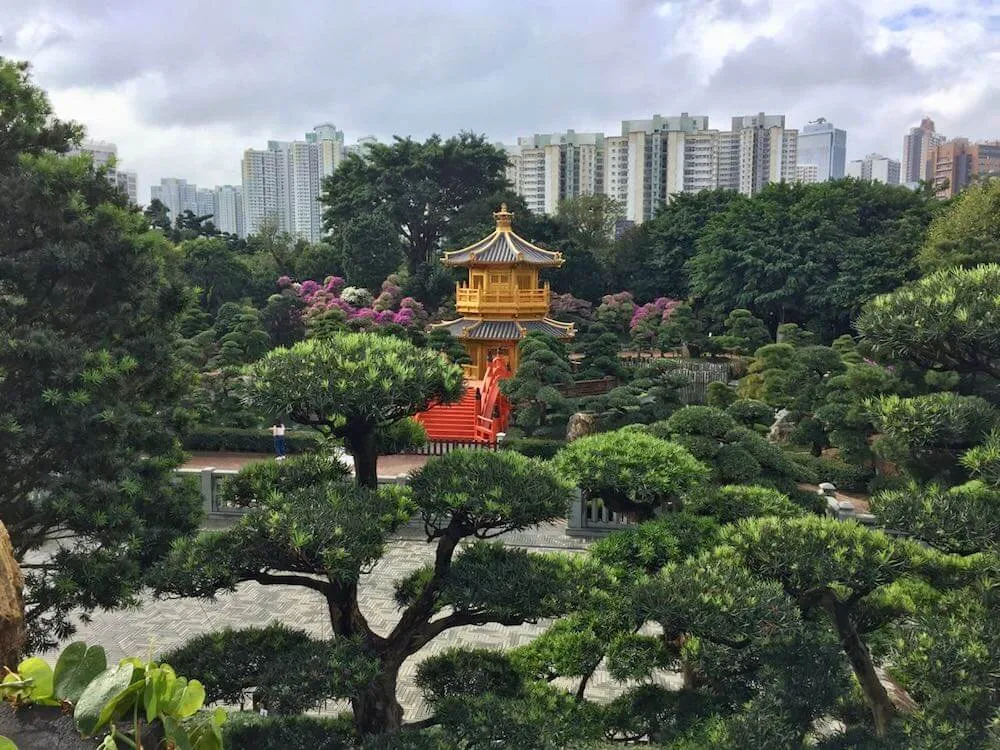
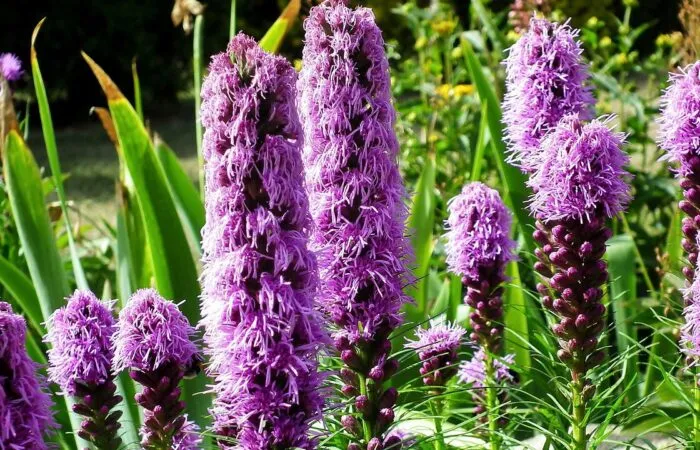
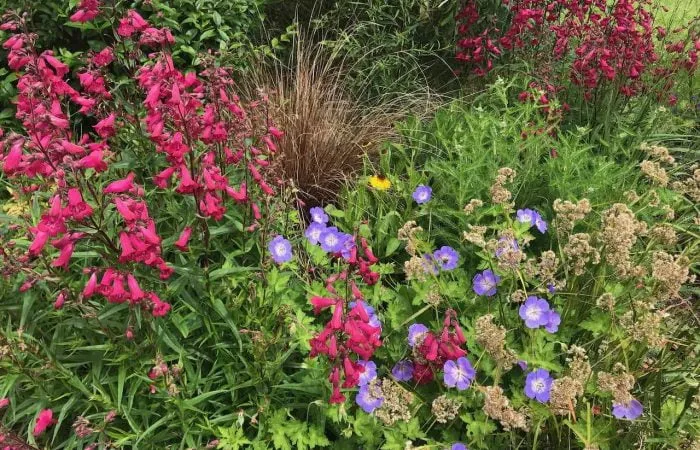
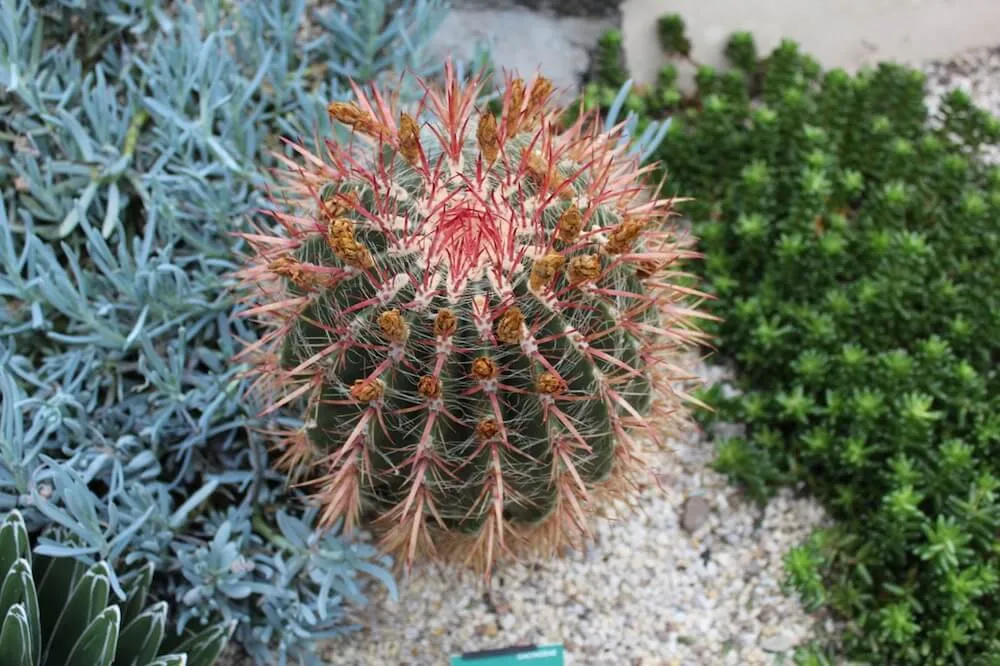
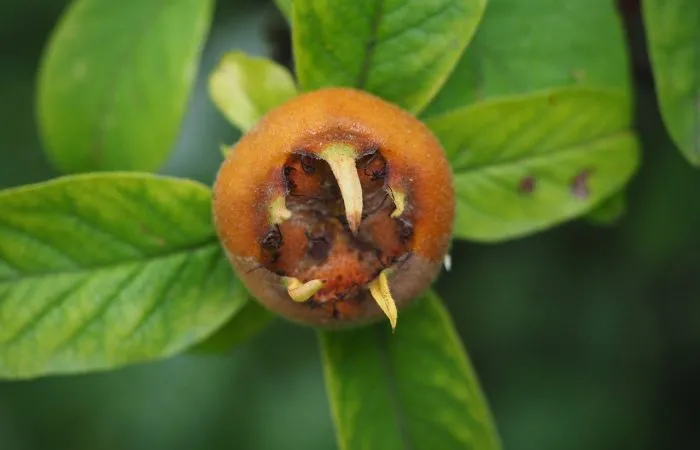
JOIN THE NINJAS

Be the first in line for new Guides, Discount codes and Offers